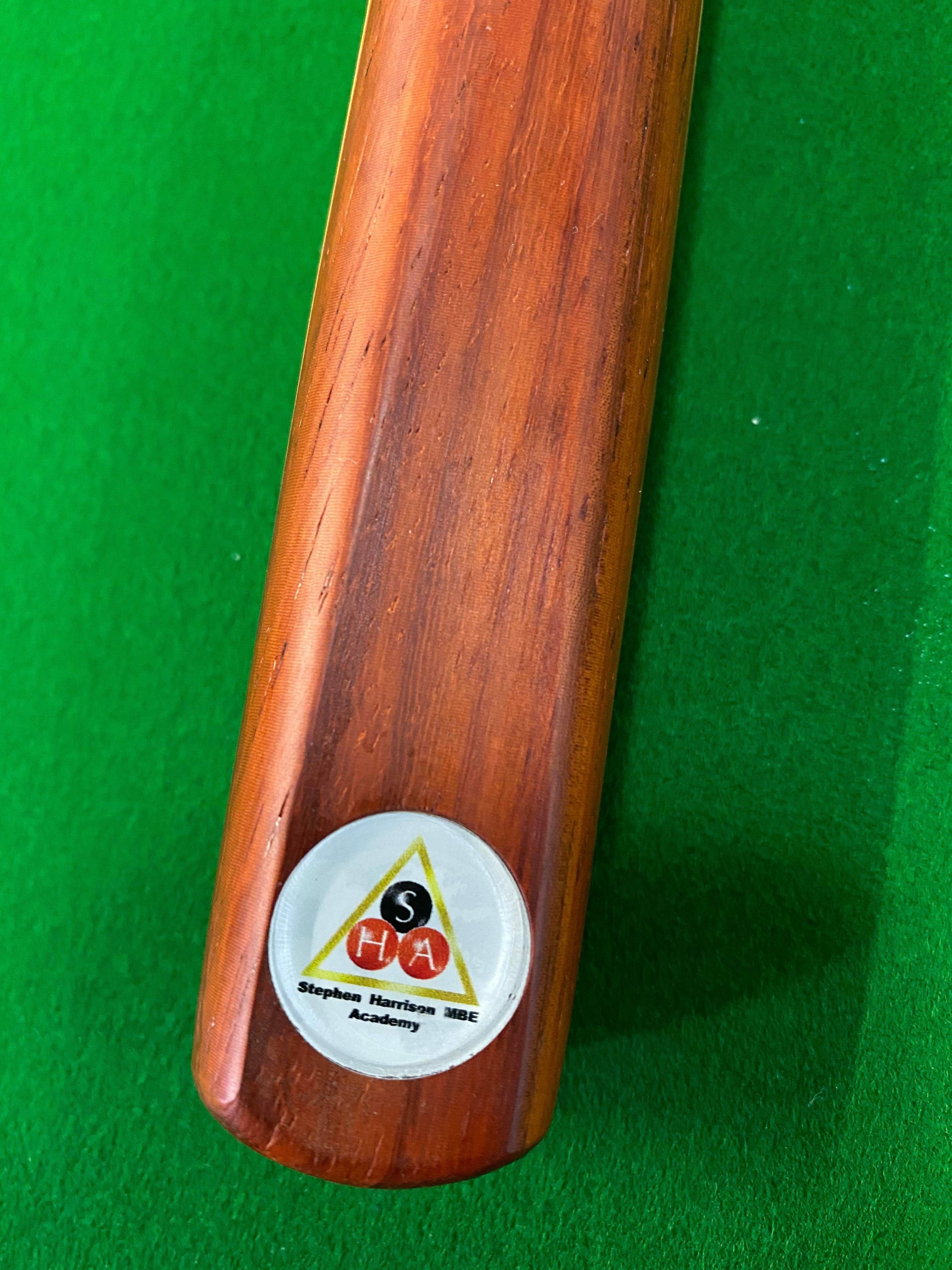
Pool tables can be made from many parts. The table has a multi-layered table top that is coated with billiard cloth. Some people prefer different colors of cloth to be on their pool tables. This gives you the opportunity to have a more personalized experience. It also makes the playing surface smoother.
Slate is the first piece of a pool table. Slate is a heavy milled rock that is used as the surface of the table. The majority of pool tables are made from either 3/4" or 1" slate. The correct size is important if you are looking to buy a new pool table.
Rails are also an important part the pool table. Rails can be made of either synthetic materials or natural gum. They help provide support to the table and are glued to the slate. Sometimes, the rail can be made from solid wood. Other materials include plywood or fiberboard.
Cushions are used as protection for the rails and to keep them from being damaged. Cushions can either be made of cloth or vulcanized Rubber. These cushions can be interchangeable with rails.

The toprail is a shorter rail attached to the top end of the table. Side rails are shorter than the top rail and extend the length of the table. To increase strength, cross beams can be added. A transition plate between the slate and rails is common. A transition plate is used to strengthen the table.
The bottom rail is located at the foot of the table. The rail apron (horizontal timber) is used to provide support to the rails. Bed shelf is another support. Both of these supports are made out of solid pieces of wooden. Post legs can be considered perfect legs.
Corner pockets are holes that are located in the corners or edges of a table. The angle at which the corner pocket entry opens is 142deg (+-1deg). The opening of the corner pocket is 4 7/8 inches minimum to 5 1/8 inches maximum.
The horizontal line that runs horizontally across the middle of the table is the head string. The head string begins at the point where the second side pocket diamond is located. However, players can mark the start of their head string by drawing a line across the cloth.
The foot spot lies at the bottom of the table. When a shooter breaks from the ball, the foot spot is the place the ball will land. It is also home to the nameplate.

When you are purchasing a new pool table, be sure to check the thickness of the slate. The slate should be at least 1" thick. Dealers sell tables that are 7/8 inches thick. They will be less expensive, but you won't get the exact same results as a 1 inch slate.
Another important component of your pool table is the cloth. Modern billiard fabric is usually made from a combination of synthetic nylon, natural wool, and synthetic polyester. The cloth can also include billiard felt. While some players prefer a different color of cloth, it should be smooth and durable. The cloth should be brushed at least once a month in order to preserve its quality.